Il Bindi: one table, many courses
In one of my favorite villages in Tuscany, Monte San Savino, a friend spotted a place to eat with just one large table, Il Bindi. I’ve tried to get in several times over the past year, but it’s always booked. I finally managed to reserve on a Wednesday night in February and it was worth the perseverance.
Il Bindi was started in 2006 by Paolo Bindi and is now run by his daughter, Cristina, and her husband. She cooks, with one assistant, and he takes care of the guests. They serve one set menu only and it changes every day. The table seats 20 and the night we went it was all Italians, except for us and three Brits. Because it was mostly Italians any sense of reserve between the different parties around the table quickly melted. The family to my left, who was celebrating the father’s birthday, had a thirteen-year old daughter who had brought along two friends. They were very shy about the fact they hadn’t taken English seriously enough in school and kept asking me to tell them how to say things in English. The lack of pretense, humor, and curiosity of the group was so distinctly Italian that it almost didn’t matter what the food was like.
But it was impressive. They served about twenty different courses, completely made by hand, and all more refined and creative than we’ve found almost anywhere else in Tuscany.
Monte San Savino is worth a trip in itself. Halfway between Siena and Arezzo it has the qualities I treasure in certain villages—it’s a gorgeous, perched hill town from around 1100, but it feels like it has an authentic life apart from tourism.

When we went to pay the bill the total was €60, including a bottle of wine. We will be back, if we can get in.
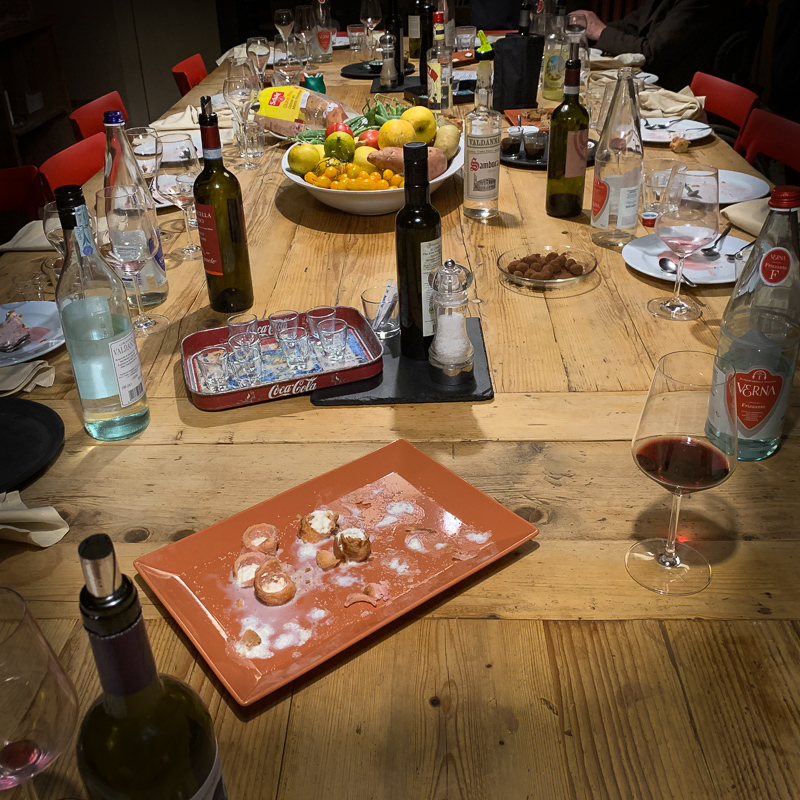


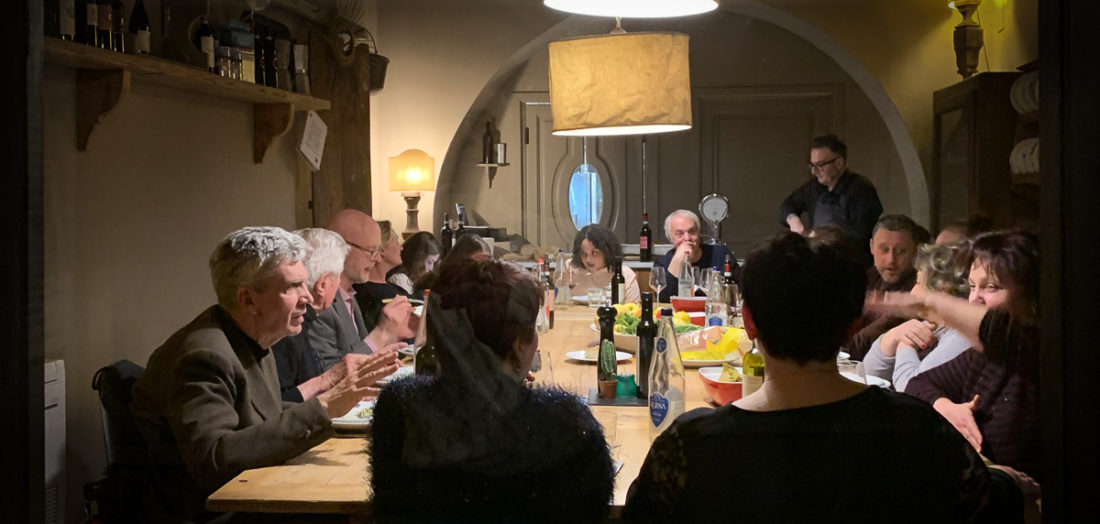




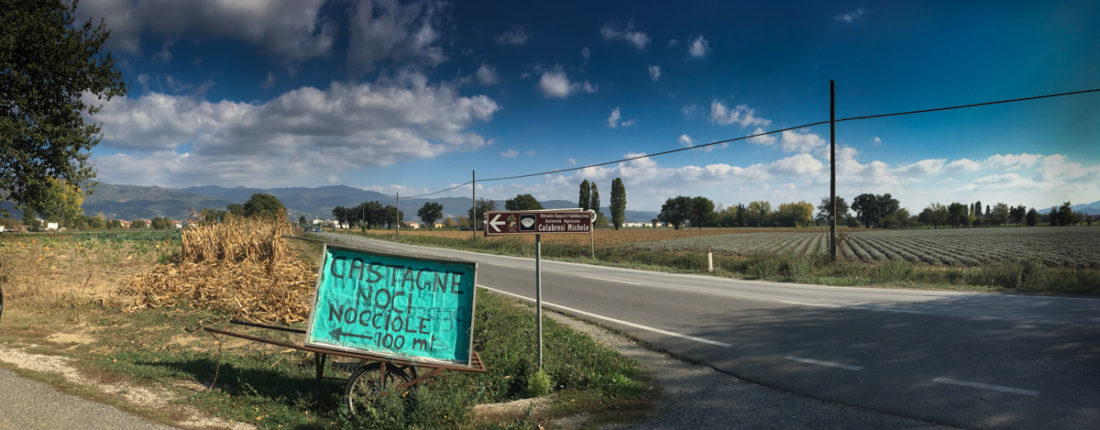


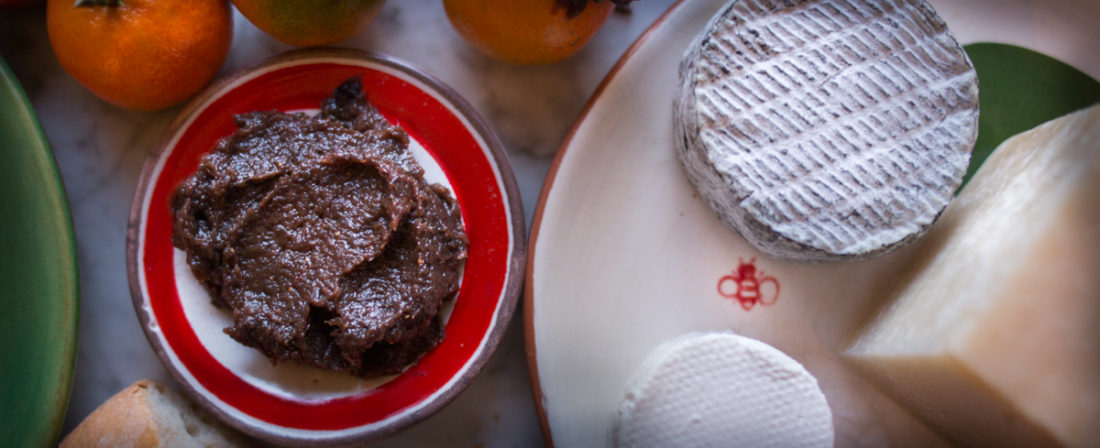
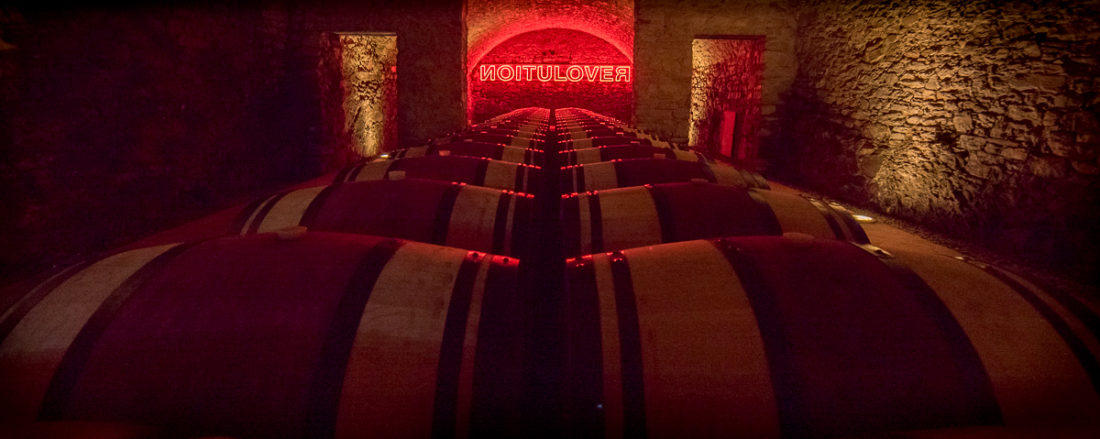

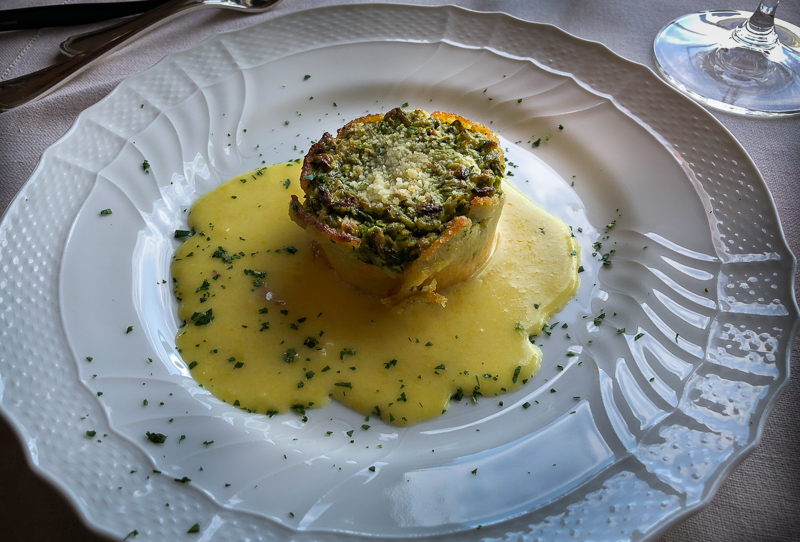
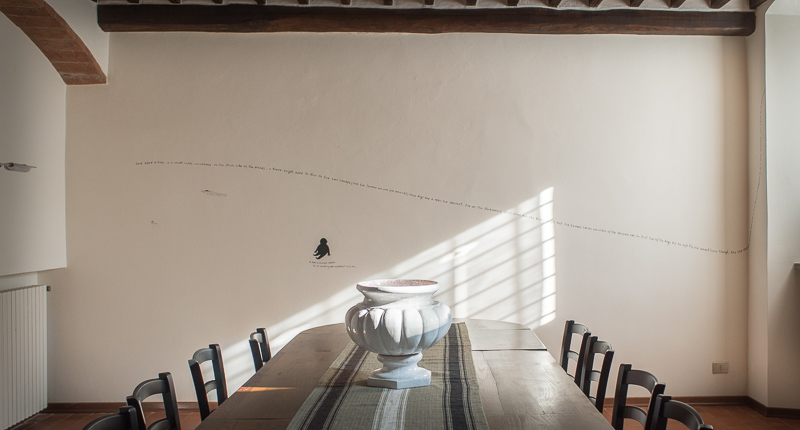

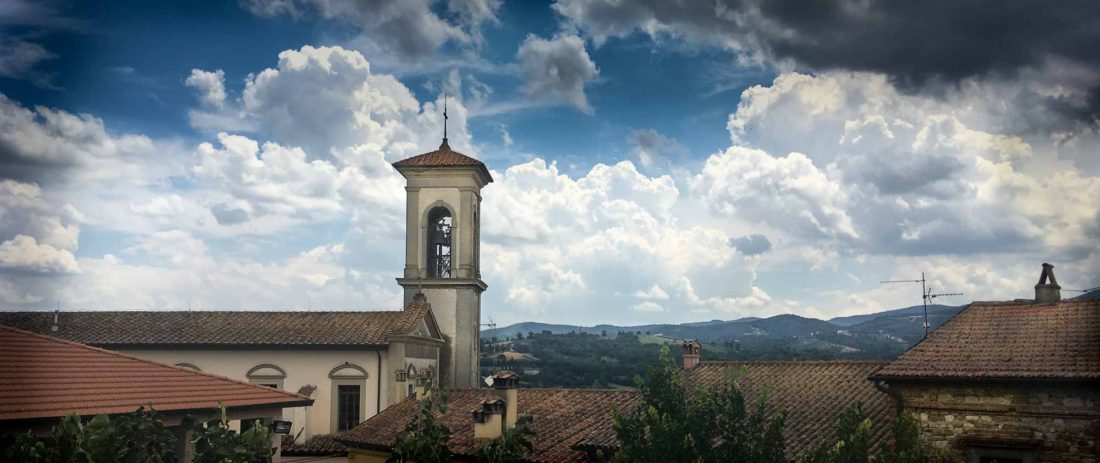
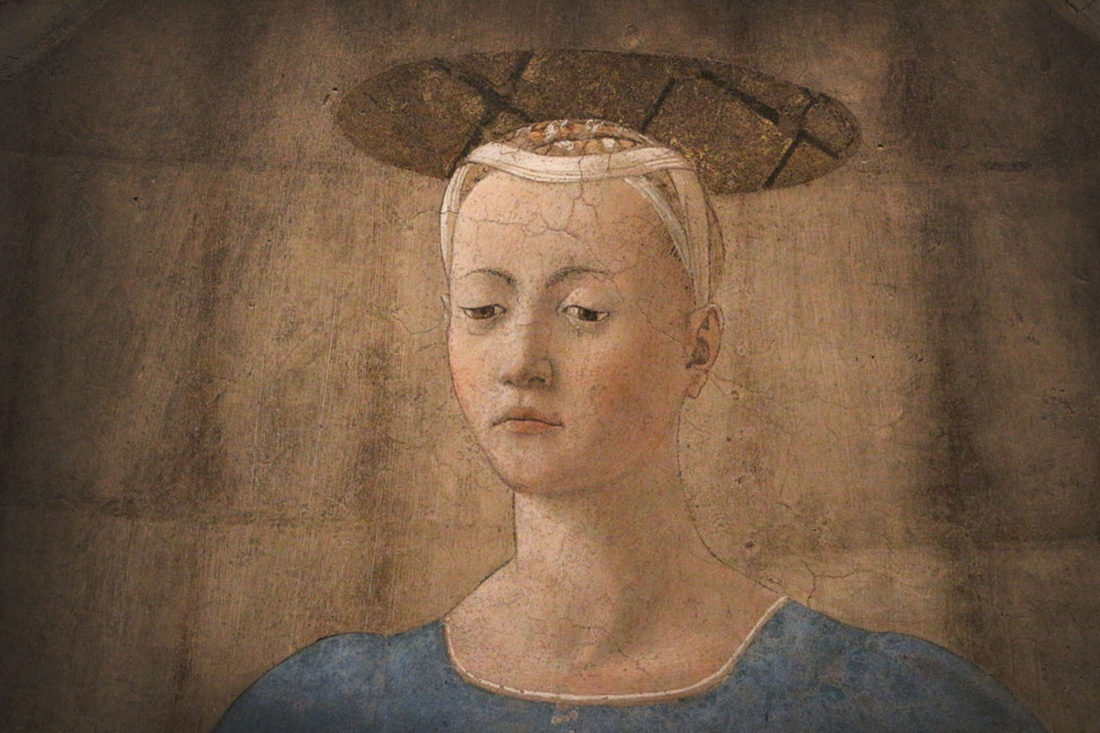
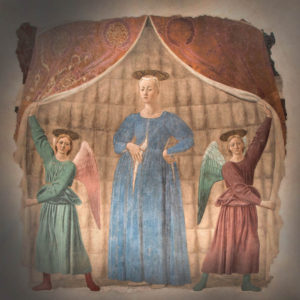 Oh, this place also happens to be next door to a museum that houses one, and only one, painting. It’s Piero della Francesca’s Madonna del Parto, one of the greatest masterpieces of the Renaissance, and the first time in art history that the Madonna was ever shown pregnant. Piero painted it for his mother who lived in Monterchi and it was in the cemetery until it was recently moved to the museum. No one is sure exactly who owns it: Italy, the Vatican, or the local village. Because of this Monterchi will never let it go on loan to major museums worldwide because it might never return back to the village. The New York Times has a fascinating
Oh, this place also happens to be next door to a museum that houses one, and only one, painting. It’s Piero della Francesca’s Madonna del Parto, one of the greatest masterpieces of the Renaissance, and the first time in art history that the Madonna was ever shown pregnant. Piero painted it for his mother who lived in Monterchi and it was in the cemetery until it was recently moved to the museum. No one is sure exactly who owns it: Italy, the Vatican, or the local village. Because of this Monterchi will never let it go on loan to major museums worldwide because it might never return back to the village. The New York Times has a fascinating